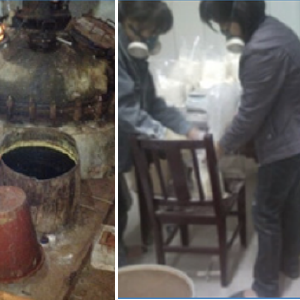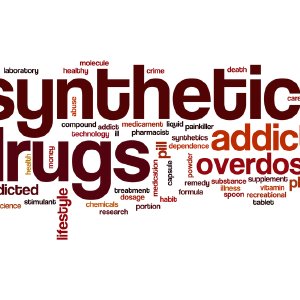The Constantly Changing Face of Drugs and Addiction
Part I
When dealing with drug abuse or addiction, it doesn’t take long to realize how this social problem constantly changes. Maybe for six or eight months, trends and news remain the same and then there will be a shift. It could be a new drug on the market, a new method of getting it into the country, a new method of consumption or maybe a new demographic that falls victim to increased levels of drug use and addiction.
These new trends can blindside individuals or families because the dangers are always taking a new shape or being given new names. In some people’s minds, a new product or way of consumption may not have a threat associated with it. This could trick some new people into becoming drug users or a drug user could change his habits and now become addicted.
Here are some of the major changes we’ve seen.

Cheese
In Texas, adolescents were tricked into using heroin when drug dealers began selling them a new drug called “cheese.” It was not addictive, these youngsters were told. Except that it was. It was a mixture of heroin and Tylenol, chopped up until it looked like parmesan cheese. Since none of them had ever heard of cheese before, they were willing to try it. Many became addicted and dozens overdosed and died, at which point this new drug came to the attention of law enforcement agencies. The word went out that cheese was a dangerous and addictive substance and this trend dropped off.
Spice
Several years into the new millennium, Spice (also known as K2 and having dozens of other labels and nicknames) arrived on the market. Its big selling point was that the drug would not show up on drug tests. People who wanted to get high but were subjected to drug tests embraced this new drug with delight. It did, in fact, take a few years for drug tests to catch up with this drug, and in the meantime, teens (who might be drug tested by parents), members of the military and those in the transportation industry indulged in this new kind of drug. To make matters worse, Spice was legal in most areas for a few years after it was introduced.
Spice is actually the nickname for a category of drug with many different formulas. A person overdosing on Spice and arriving in a hospital to get help would be hard to treat because doctors would not know which drug caused the problem. Because some people reacted to Spice with severe paranoia or panic or anxiety attacks, visits to the ER were frequent. When enough people realized the dangerous potential of these drugs and as they became illegal in more places, use dwindled a little and ER visits were not quite so frequent. Laws outlawing the drug also helped to reduce use.
Powerful synthetic stimulants
About the same time Spice hit the market, synthetic stimulants began to be trafficked into the U.S., mostly from countries like China, India or Pakistan. One of the first to come to public attention was the formula nicknamed “bath salts” – so-called because its package stated that the substance was only to be used for “a refreshing bath.” Other packages claimed to be plant food, incense, glass cleaner or jewelry cleaner. Since they were labeled “not for human consumption,” sellers could circumvent state drug laws and legally sell these drugs. As people began to have catastrophic reactions to bath salts and other new synthetics, law enforcement began to catch up and ban them, seizing supplies and arresting the sellers and distributors. With this type of drug as well, it took a while for drug testing kits to catch up to these new formulas.
In the next part of this series, we’ll take a look at how pain medications shifted from being a blessing after an injury or surgery to being a deadly path to heroin addiction.
Read Part II: Out of Control Opioid Prescribing Turns into a Direct Path to Heroin. Click here.
Reference Links
http://www.dallasnews.com/news/news/2010/05/10/20100507-Quietly-cheese-heroin-9111


